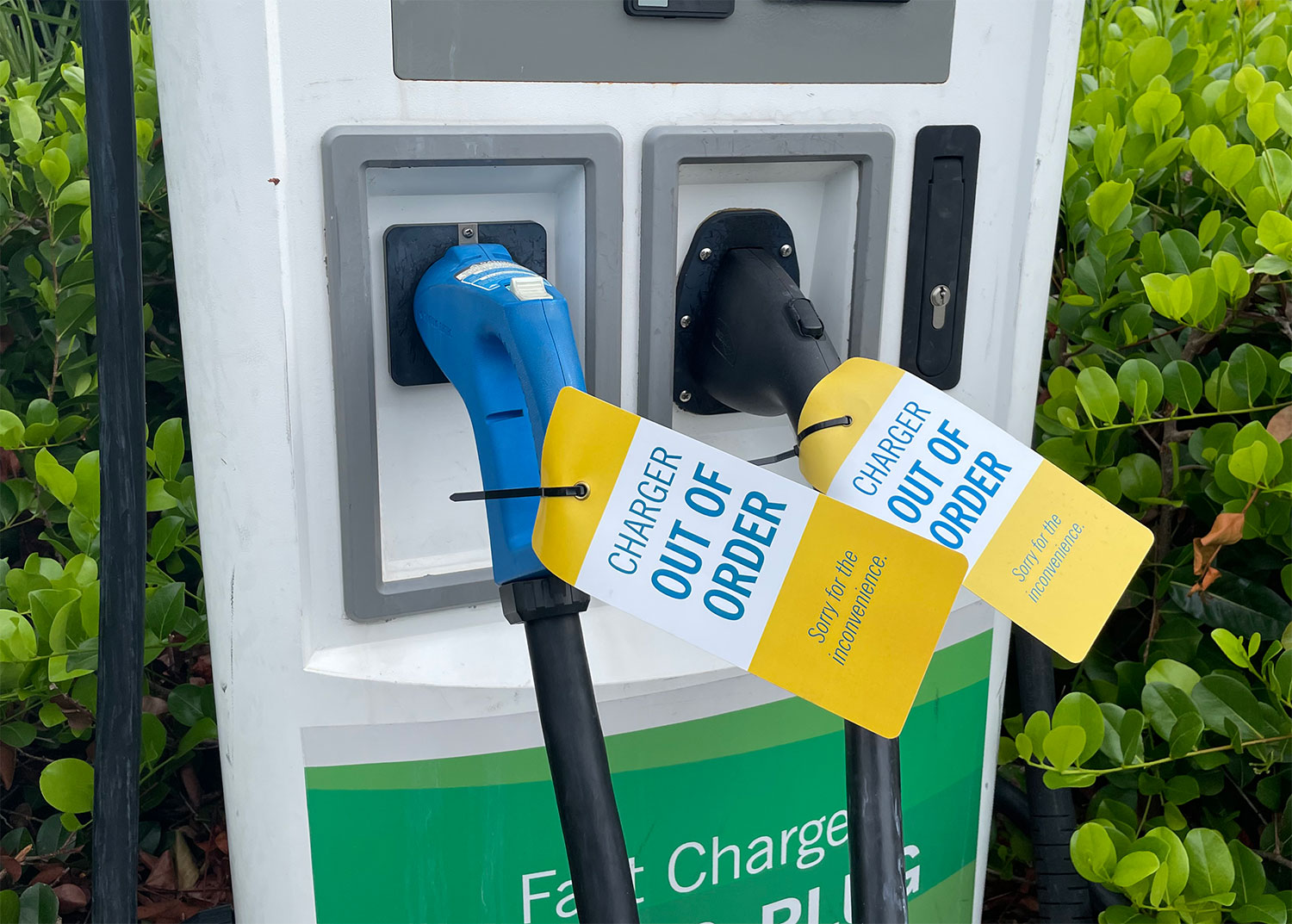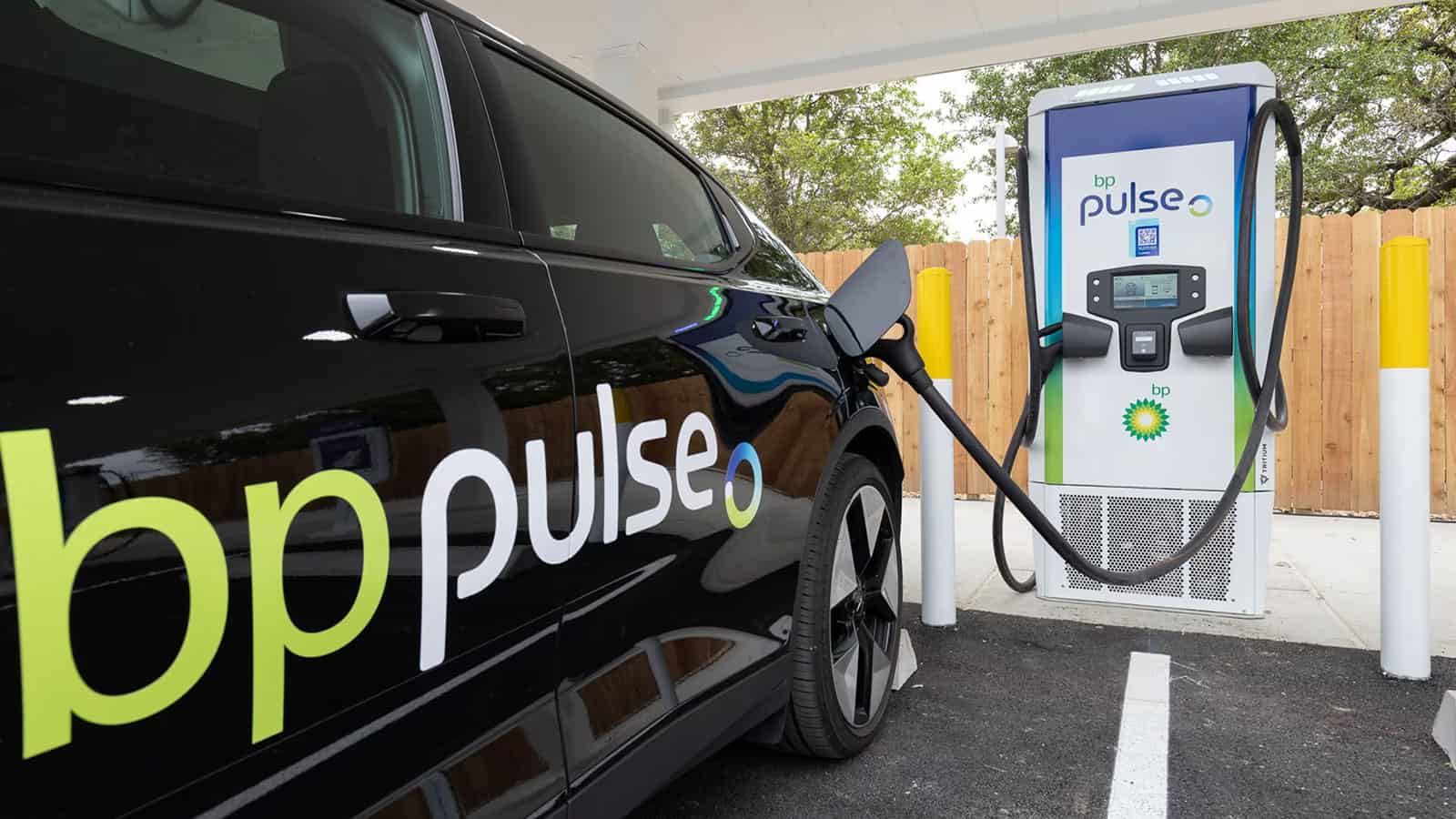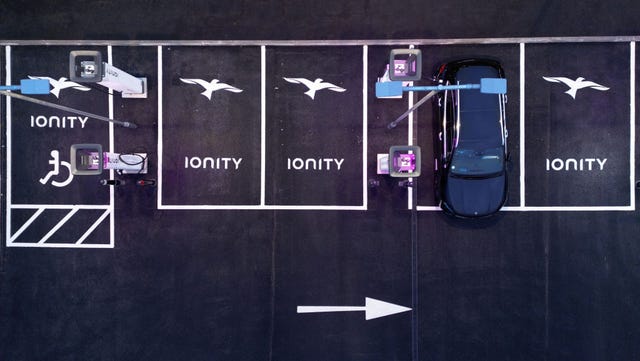The Future of Electric Vehicles and Why You Should Buy EV Charging news Now
The Future of Electric Vehicles and Why You Should Buy EV Charging news Now
Blog Article
Top EV Charging Information: Trick Updates on Facilities and Development

Recent Developments in Fast-Charging Innovation

Moreover, improvements in battery innovation, including boosted thermal management systems and greater power density batteries, enhance fast-charging abilities. These advancements mitigate the danger of battery destruction during fast charging, making certain longevity and performance for EV owners.
Additionally, the combination of smart charging options is improving customer experience, making it possible for real-time monitoring and vibrant pricing designs. EV Charging news. This adaptability allows drivers to optimize charging costs and times based on grid need
As car manufacturers proceed to invest in fast-charging networks, the collaboration between sector stakeholders is vital. Partnerships in between charging station service providers and auto producers are leading the way for considerable insurance coverage, ultimately fostering an extra durable EV ecosystem. These advancements are critical in supporting the transition to sustainable transportation.
Federal Government Efforts for Charging Growth
Government efforts play an important function in the growth of electric vehicle (EV) charging infrastructure, facilitating the change to lasting transport. Different government and state programs are being applied to boost billing availability, decrease the financial burden on consumers, and promote the adoption of electric cars.
Significantly, the U.S. government has actually designated considerable funding via the Framework Financial Investment and Jobs Act, which earmarks $7.5 billion for EV billing network advancement throughout the country. This funding is focused on releasing countless new billing stations, particularly in underserved areas, therefore attending to range anxiousness amongst potential EV customers.
Furthermore, countless states are passing legislation to simplify the permitting procedure for charging terminal setups, which is vital for accelerating release. Rewards such as tax obligation credit histories and rebates for both consumers and organizations are likewise being presented to motivate the installment of charging framework.
Furthermore, public-private collaborations are progressively becoming an emphasis, leveraging exclusive financial investment to enhance government financing. These initiatives underscore a collective approach crucial for developing a efficient and detailed EV billing network, ultimately adding to a greener and even more lasting future.
Innovative Battery Solutions Enhancing Effectiveness
Reinventing the landscape of electrical car (EV) innovation, cutting-edge battery solutions are substantially boosting performance and efficiency. Advances in battery chemistry, particularly with lithium-sulfur and solid-state batteries, are resulting in boosted power thickness, which allows for longer ranges and faster billing times. These brand-new battery types have the potential to exceed typical lithium-ion batteries by offering higher capabilities while minimizing weight, therefore boosting total vehicle efficiency.
Moreover, developments in battery management systems (BMS) are enhancing energy usage and extending battery lifespan. Intelligent algorithms monitor battery health and wellness and performance, enabling real-time adjustments to charging and releasing procedures. This not just improves the performance of the battery but additionally makes certain an extra lasting and trustworthy power resource for EVs.
Moreover, the combination of reusing technologies is addressing the ecological effect of battery manufacturing and disposal. Developments in second-life applications for EV batteries are facilitating their use in power storage systems, adding to a circular economic climate.
As these ingenious battery solutions proceed to progress, they guarantee to transform the important link EV market, making electrical lorries much more appealing and obtainable to a wider audience while sustaining international sustainability objectives.

Collaboration Between Automakers and Billing Networks
Acknowledging the important need for a robust charging facilities, automakers are significantly working together with billing network suppliers to boost the EV see post possession experience (EV Charging news). These collaborations intend to produce a smooth charging ecosystem that profits consumers and supports the transition to electric vehicles
Major automotive brand names are signing up with pressures with well-known billing networks to increase their billing station coverage, guaranteeing chauffeurs have accessibility to reliable and hassle-free billing choices. For instance, partnerships with networks like ChargePoint and Electrify America permit car manufacturers to incorporate billing options straight right into their vehicles' navigating systems, guiding users to the closest stations and giving real-time schedule updates.
Moreover, these collaborations usually lead to the development of fast-charging modern technologies that substantially reduce the time required to recharge an EV. By merging resources and proficiency, car manufacturers and charging networks can introduce faster, developing options that meet the expanding need for electric flexibility.
On top of that, joint campaigns might additionally cause even more standardized billing protocols, which can minimize customer confusion and promote wider EV fostering. In general, these calculated partnerships are critical in constructing a efficient and easy to use billing facilities that satisfies the demands of an expanding electric automobile market.
Obstacles Dealing With EV Charging Framework
As the electrical vehicle market remains to expand, numerous obstacles are surfacing that impede the growth of a detailed billing infrastructure. One of the primary challenges is the inadequate variety of billing terminals, particularly in rural and underserved metropolitan areas. This space produces array stress and anxiety amongst possible EV purchasers, deterring them from making the button.
Furthermore, his comment is here the lack of standardization accountable innovation complicates the infrastructure landscape. Variations in plug types and charging speeds can create confusion for customers and raise operational complexities for charging network operators. Additionally, the combination of charging stations right into existing electric grids postures substantial obstacles. Lots of regions face capacity constraints, calling for considerable investments in grid upgrades to accommodate raised demand.
An additional pressing concern is the high price related to the installation and upkeep of charging terminals, which can be an obstacle for both private businesses and public entities. Governing obstacles and zoning constraints can delay the release of charging facilities, impeding progression in broadening essential services. Dealing with these obstacles will be critical for promoting a durable EV community that sustains the transition to sustainable transport.
Verdict
In final thought, the ongoing improvements in EV billing modern technology, supported by significant government efforts and cutting-edge battery remedies, are essential for the development and performance of electrical lorry infrastructure. Collaborations between automakers and charging providers better enhance station coverage, dealing with the growing demand for available charging options. Despite difficulties that linger within the EV billing landscape, these advancements represent a favorable trajectory in the direction of a much more effective and lasting electrical automobile environment.
Advancements in charging infrastructure have led to the growth of ultra-fast battery chargers qualified of supplying up to 350 kW of power, dramatically minimizing billing times. Variants in plug kinds and charging speeds can develop complication for customers and boost operational complexities for billing network drivers.In conclusion, the ongoing advancements in EV billing innovation, supported by significant federal government efforts and innovative battery remedies, are critical for the growth and effectiveness of electrical automobile facilities. Partnerships between car manufacturers and charging providers better improve terminal protection, addressing the expanding demand for obtainable charging alternatives. In spite of challenges that continue within the EV charging landscape, these advancements signify a positive trajectory in the direction of a much more reliable and sustainable electrical vehicle environment.
Report this page